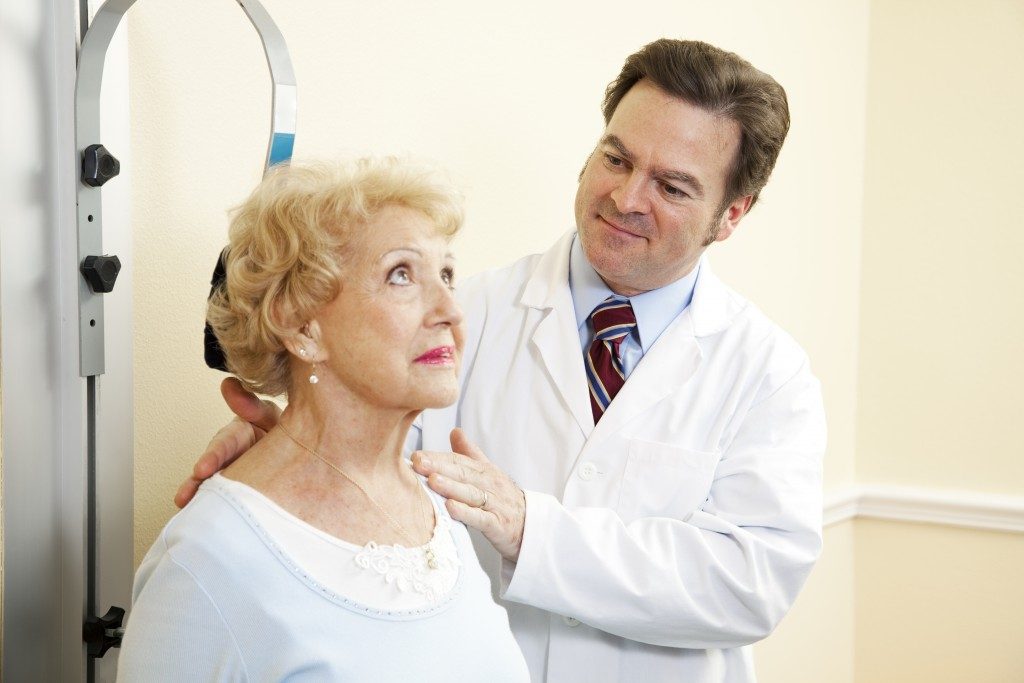Salt Lake City — and Utah as a whole — has one of the most thriving senior population in the USA. However, accidents are becoming increasingly common within this demographic because of several key factors.
Vision Loss
One out of three Americans over the age of 65 suffers from vision loss. This might be due to age-related macular degeneration (AMD), glaucoma, cataracts, diabetic retinopathy, or just simple refraction errors. While vision loss from refraction errors, cataracts, and (to a certain extent) glaucoma can be treated; vision loss from AMD and diabetic retinopathy can only be managed. Any form of vision loss limits your interaction with the world around you and makes that interaction a little more dangerous. A slight chance in elevation or a misplaced toy can become dangerous hazards if you are unaware of them. Even if you have good eyesight, darkness can still limit your vision, especially if light switches are far apart or hard to reach. Get your eyes checked periodically and correct refraction errors by wearing glasses or getting laser surgery.
Slower Reflexes
As you grow old, your reflexes slow down. This is more of a physical reaction than a mental one. Your nerve fibers take longer to transmit orders from your brain to your body. The delay can be as short as 10-30 milliseconds, but that split-second is crucial if you’re falling or faced with a potential accident. Quick reflexes are essential for driving safely, especially if a simple bump can lead to a serious case of whiplash. Certain medication can also slow down your reaction times — so it might be safer and more convenient to just use an Uber or Lyft if you’re feeling under the weather. Regular physical activities can prevent your reflexes from deteriorating or even sharpen them depending on the extent of your activities. So go for a walk, take a dip in the pool, or spend a few minutes gardening.

Mobility Issues, Balance, and Coordination
Physical activities you took for granted in your youth now require immense effort and concentration. Time takes a toll on your knees, especially if you spent most of your days with a little extra weight. Most seniors will be using some sort of mobility aid and a few might even need to use wheelchairs. Problems with balance and coordination are also a given, whether due to aging or as side-effects from medication. These factors combine to increase your risk of suffering a fall. Slips and falls are fairly common among seniors, with more than a third of all seniors suffering from a fall each year. Falls account for close to 90 percent of all fractures suffered by seniors and it is also the leading cause of accidental death. Handrails and grab bars at strategic locations (especially in the bathroom) can mitigate the risks of falling, and certain medical alert systems can automatically call emergency services once it detects a fall.
Growing old comes with greater risks. While not every accident can be prevented, knowing your limits and the risks involved can help reduce their occurrence.

